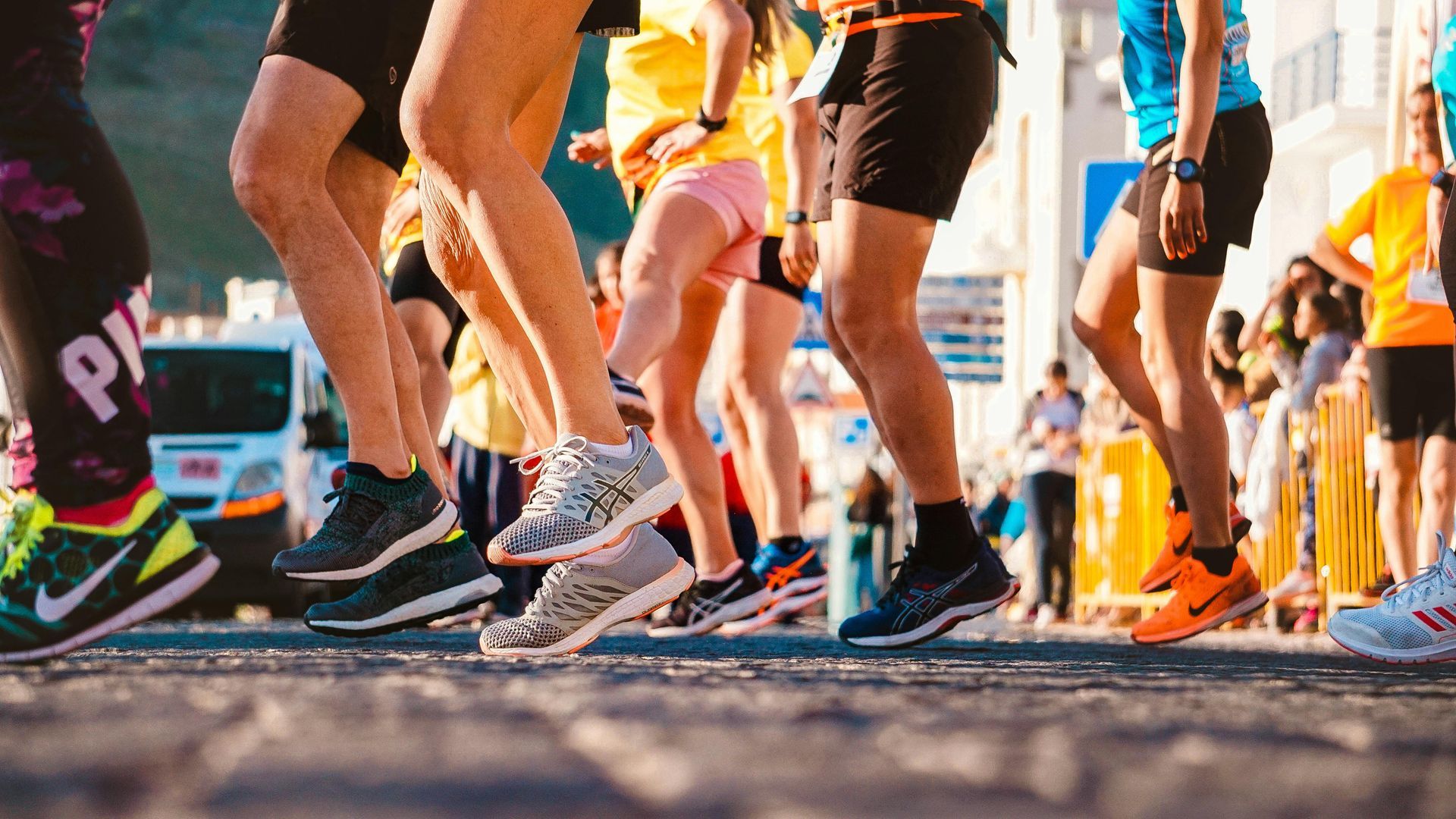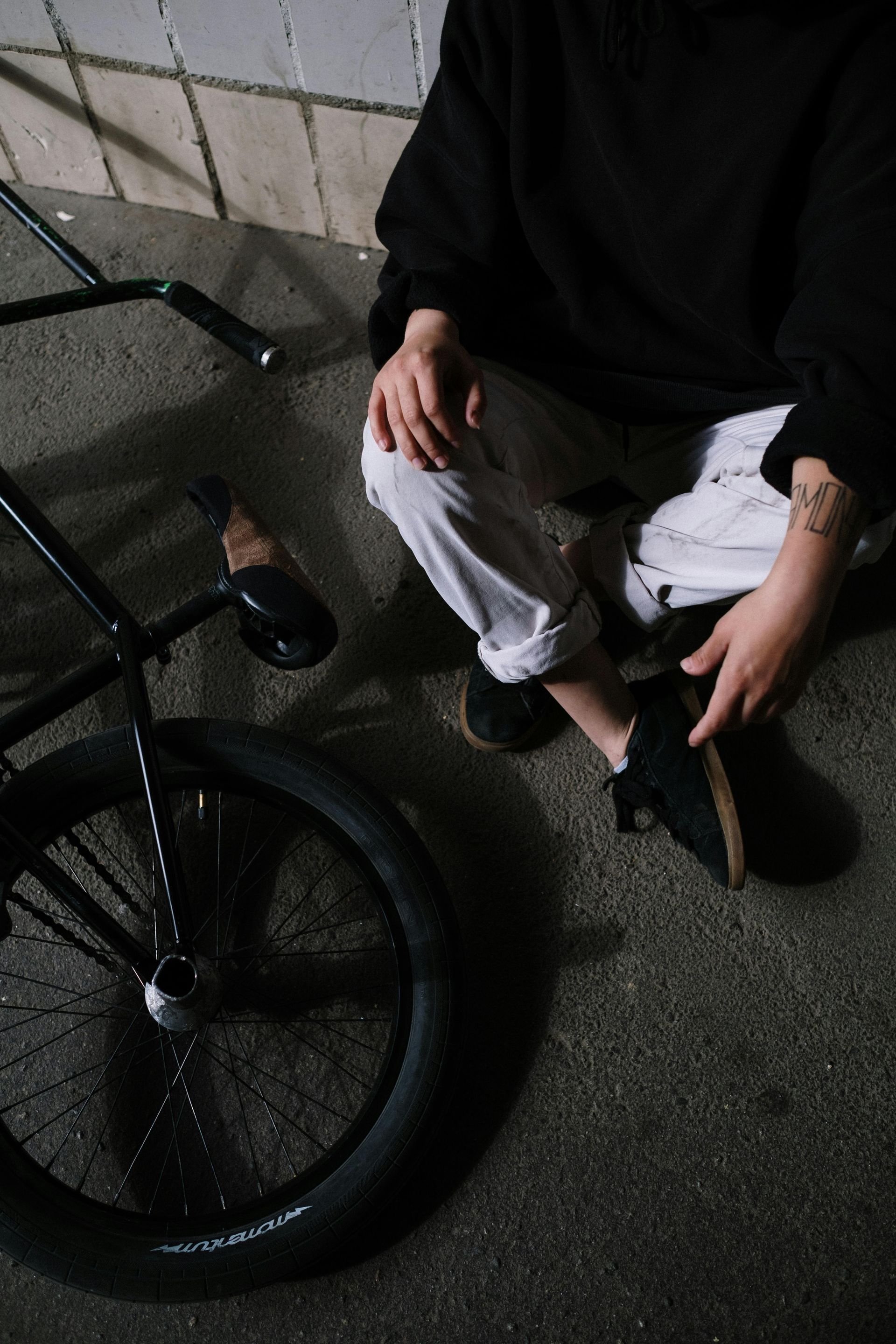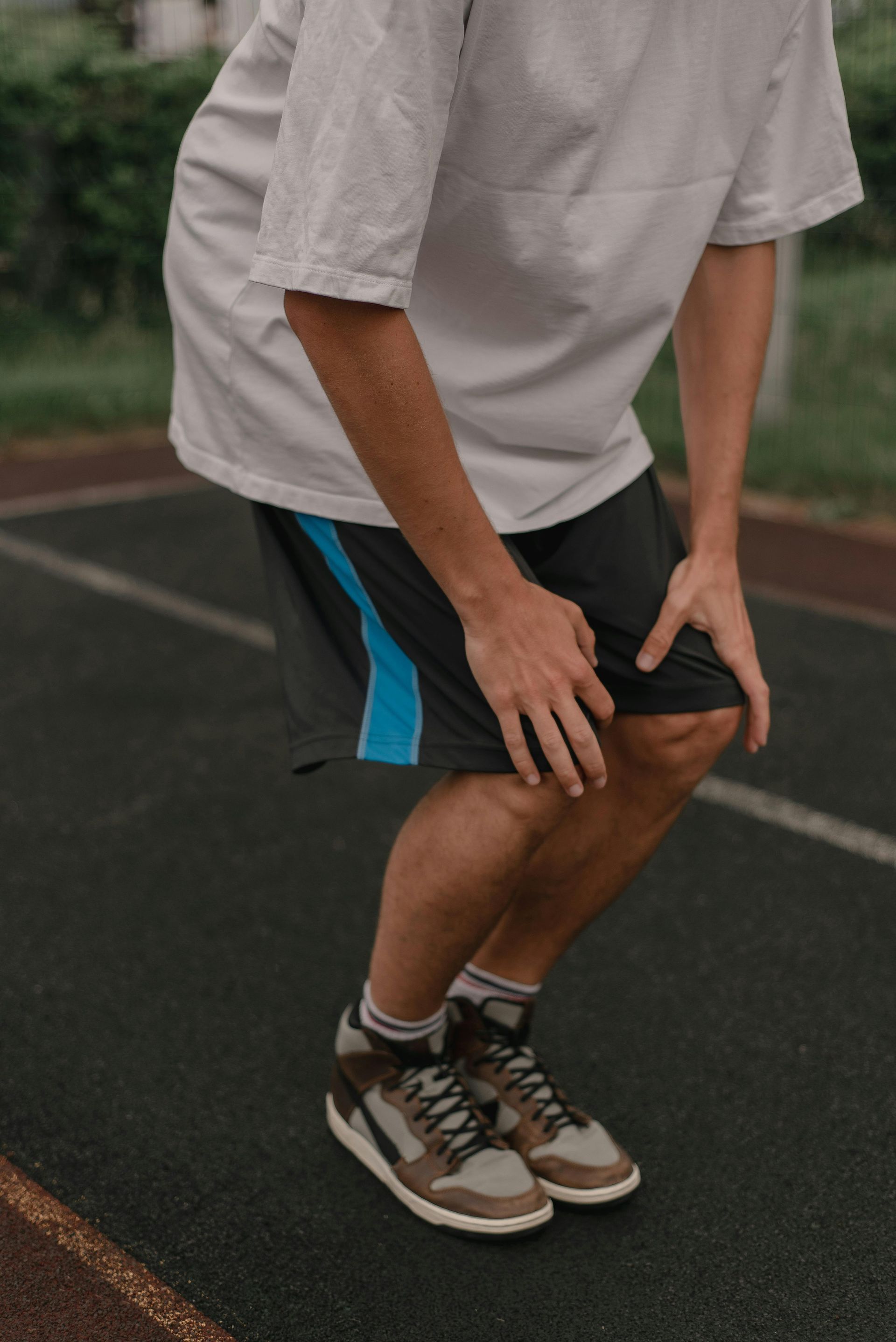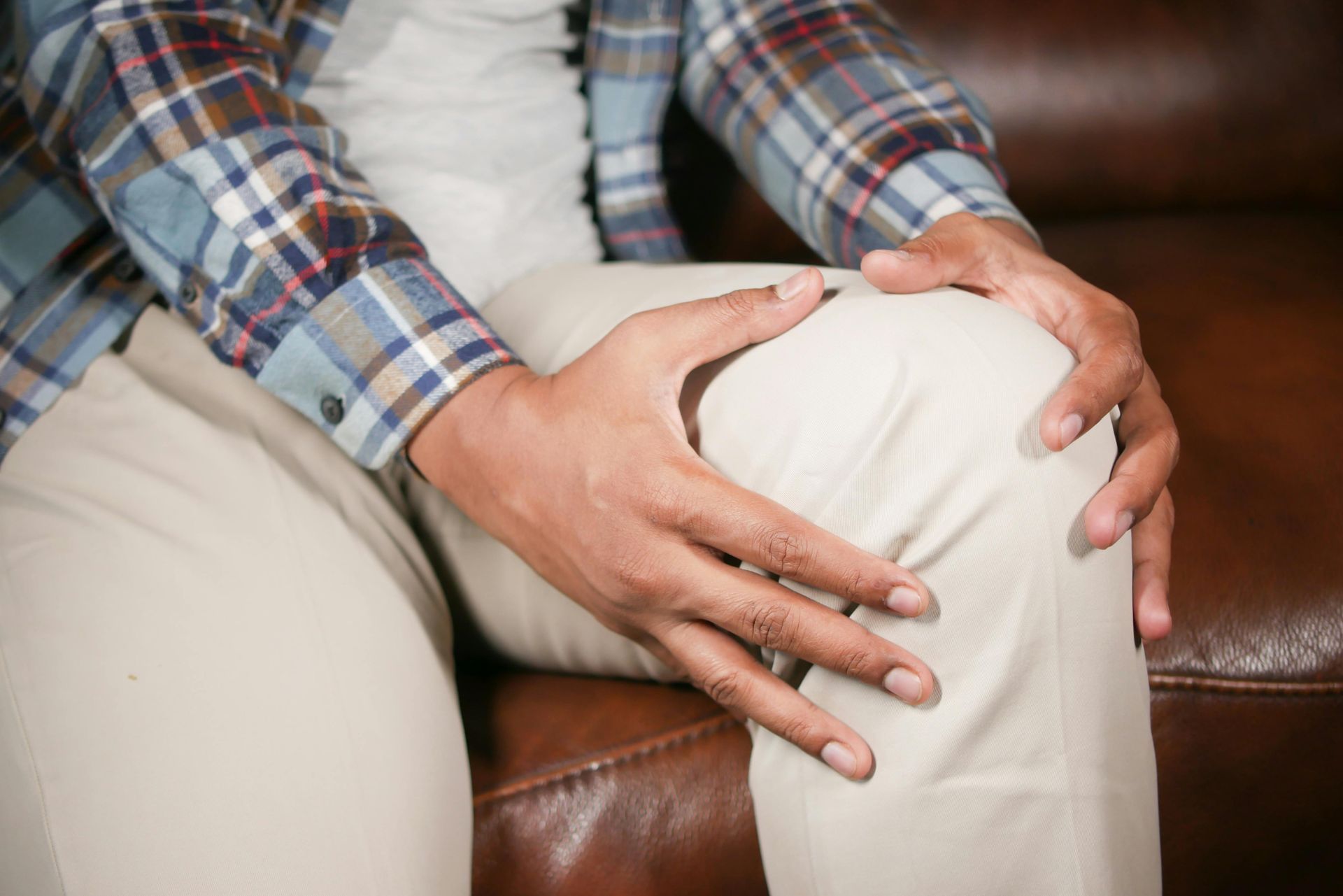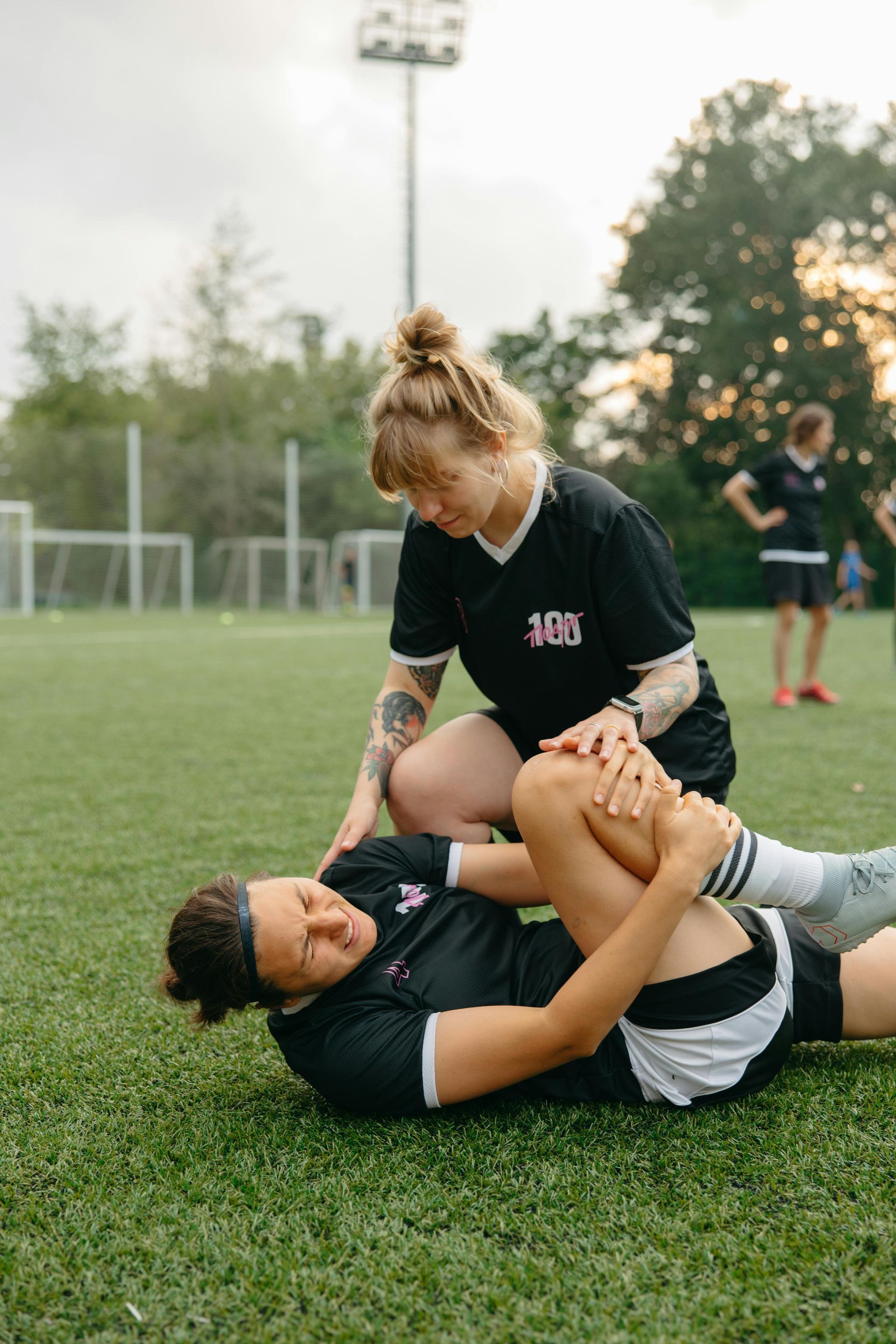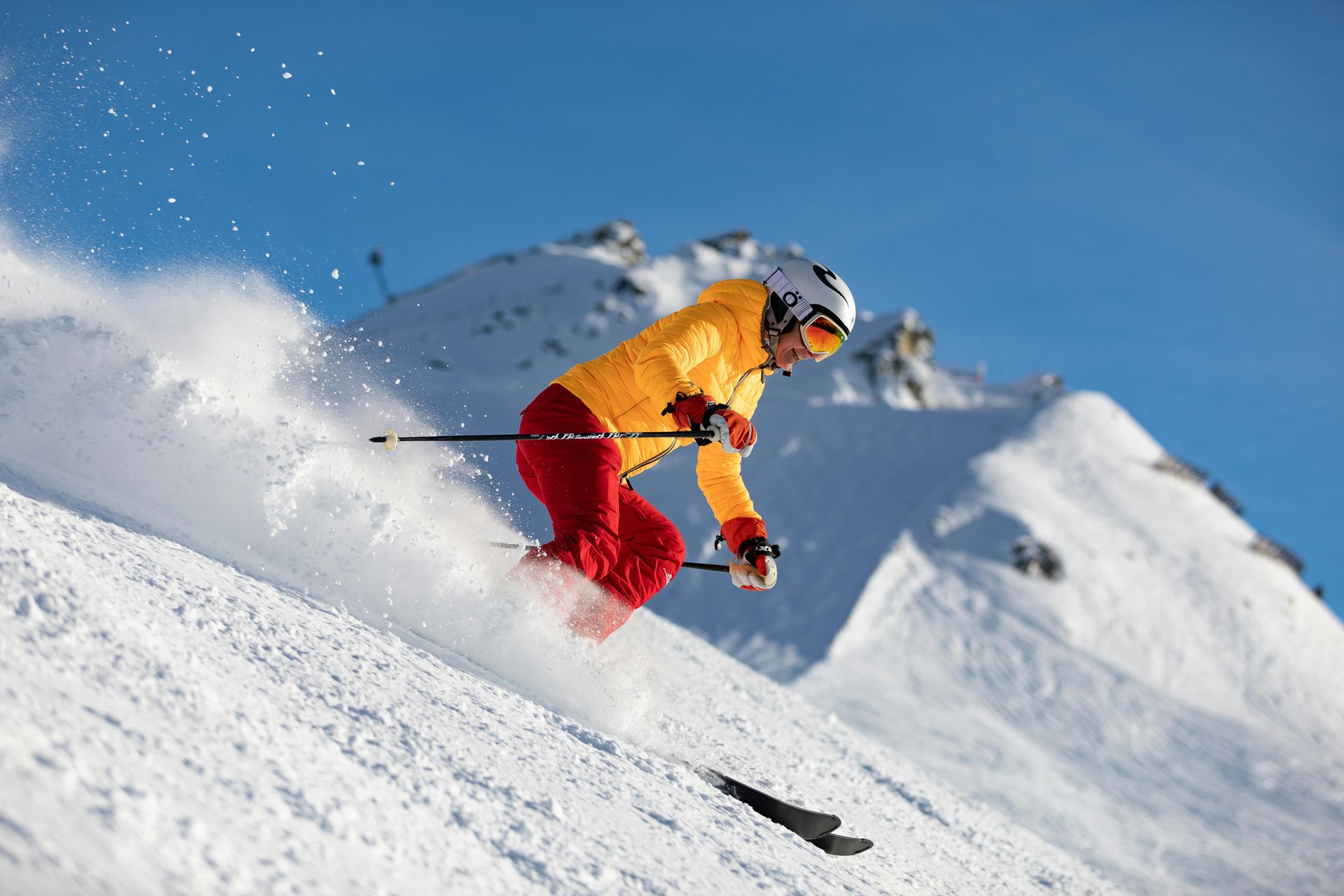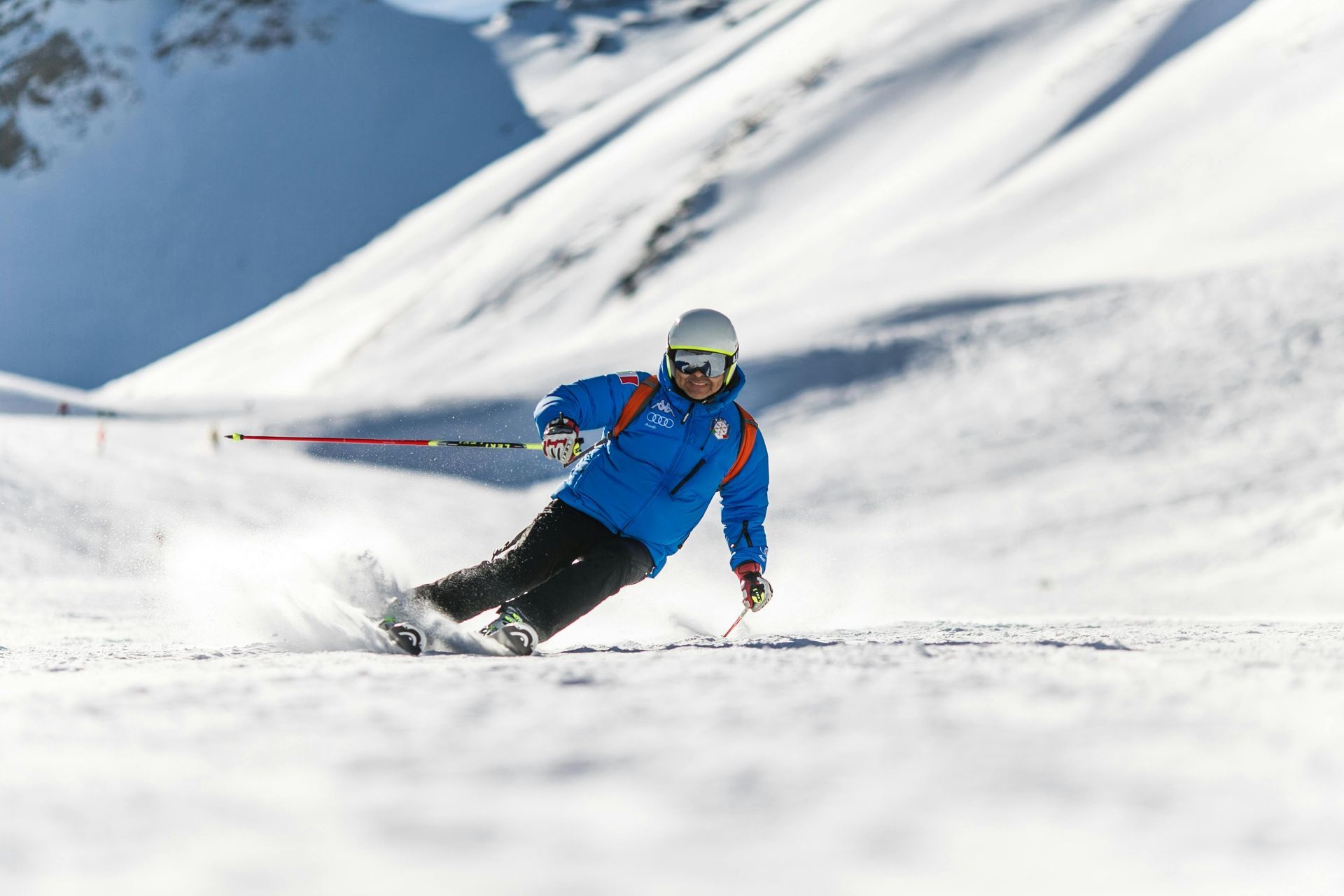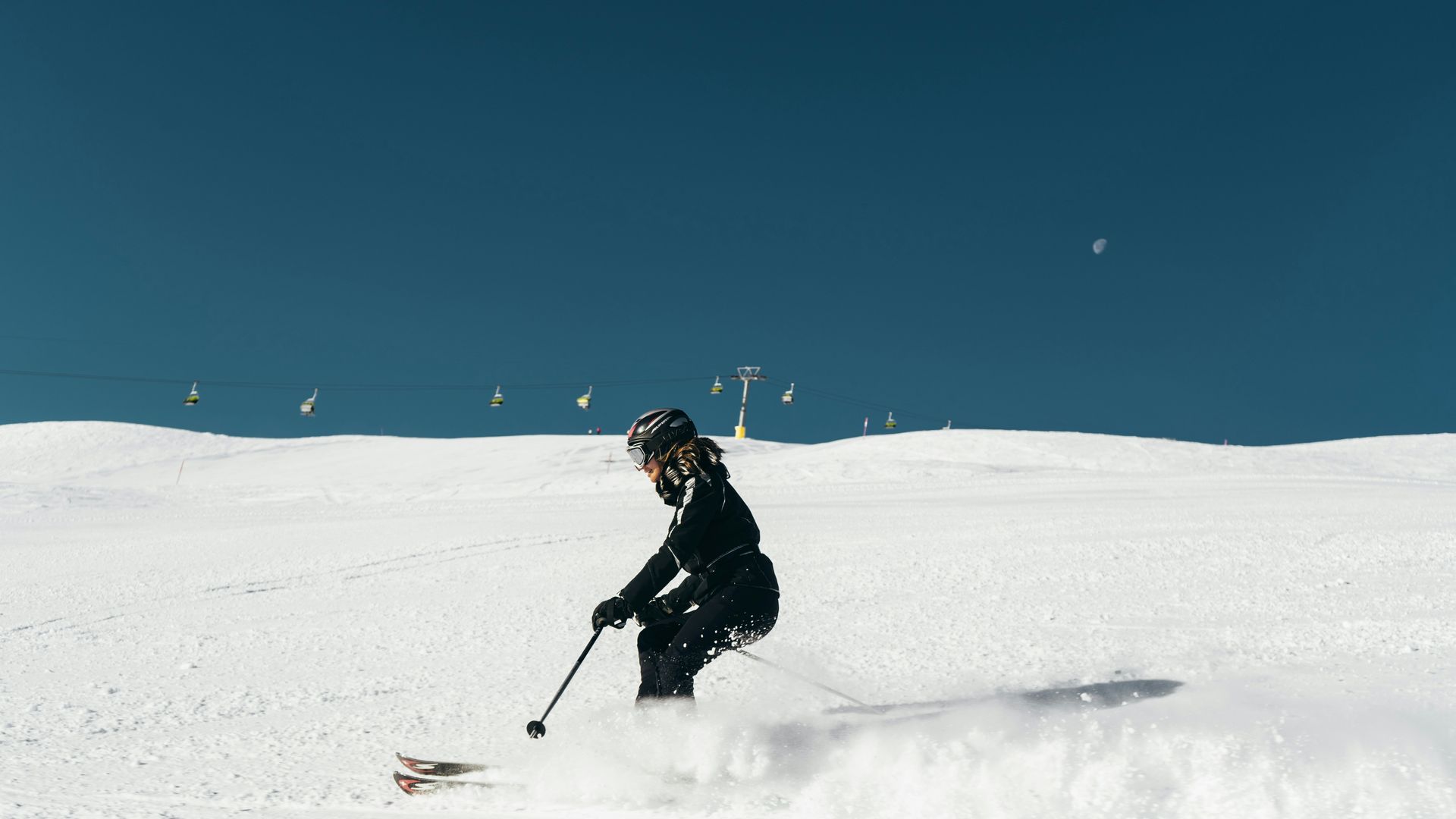Avoiding Shin Splints - A Guide to Pain-Free Exercise
Embarking on a new fitness journey can be both exciting and challenging. For beginners, navigating through the myriad of do's and don'ts to stay injury-free is crucial. Knee and muscle pain is common for runners and cyclists. One common hurdle that many face is coping with shin splint pain, a frequent issue among fitness novices.
In this blog post, we aim to guide you through the essentials of avoiding shin splints, offering practical advice for prevention and management. Whether you're taking your first
steps into running, joining a dance class, or engaging in any new physical activity, understanding and preventing shin splint pain is key to a smooth and enjoyable fitness journey.
What Causes Shin Splints?
Shin splints, medically known as medial tibial stress syndrome, are characterised by discomfort along the inner edge of the shinbone. This condition is prevalent among fitness beginners due to several factors. New exercisers often push their bodies without adequate preparation, leading to overuse and strain on the shin muscles and tendons. Additionally, engaging in high-impact activities like running or jumping on hard surfaces can exacerbate the risk of developing shin splints. Understanding these factors is the first step in avoiding this common ailment.
How To Avoid Shin Splints
Proper Footwear
The right footwear is crucial in avoiding shin splints. Shoes that provide adequate support and cushioning can help absorb shock and reduce stress on your shins. For activities like running or walking, select shoes that match your foot type and gait. Beginners should consider getting professionally fitted at a specialty store to ensure the best choice for their activities.
Lifestyle Adjustments
As with most things when it comes to exercise, your general life habits and diet are going to play a big factor. A lack of vitamin D and calcium in your diet can lead to weaker bones and lead to pain in your shins. Staying hydrated and maintaining a balanced diet helps your body recover and strengthens your muscles. It can also help you make quicker recoveries, reducing the chance of overuse injuries and allowing you to step up your training more quickly. Though,
Gradual Training
When you start exercising, the most common way to hurt yourself is through overworking. This is why increasing your exercise intensity gradually is vital. Start with lower-impact activities and slowly build up the duration and intensity of your workouts. This gradual approach allows your muscles, including those around your shins, to adapt and strengthen, reducing the risk of injury.
Cross-Training
High intensity training is effective but also can be especially strenuous on muscles and bones. This is why a variety of low-impact exercises, such as swimming, cycling, or yoga, can help prevent overuse injuries like shin splints. These activities allow you to build fitness and endurance while giving your shins a break from high-impact stress.
Recovering from Shin Splints
Managing Rest
If you start experiencing shin pain, the first and most important step is to rest. Continuing to exercise on painful shins can worsen the condition. Allow adequate time for your body to recover before gradually resuming your activities.
Stretching and Strengthening
Regular
stretching and strengthening exercises can be beneficial. Simple exercises, such as calf stretches and toe raises, can strengthen the muscles around your shins and improve flexibility, helping to prevent shin splints. For
knee and calf stretches for exercise, check out our guide.
Ice and Compression
If all else fails, the old school ice pack can be an effective way of reducing your inflammation and generally reducing the pain. Also, techniques like compression and elevating your legs can aid in recovery. Please bear in mind that these are typically just short relief options though; the main route to recovery is going to be from rest.
Embarking on a fitness journey should be an exciting and enriching experience. By taking these precautionary measures, you can enjoy your activities while minimising the risk of shin splints. Most importantly, be patient with your progress and consistent in your efforts. Fitness is a journey, not a race, and taking care of your body is the key to a long and enjoyable journey in the world of exercise.
If you are struggling with shin splints and are looking for treatment or professional advice, we can provide expert advice to help you improve comfort in your exercise and reduce any impact shin splints are having on your daily life.
Book a consultation today and let's talk about how we can help you.



